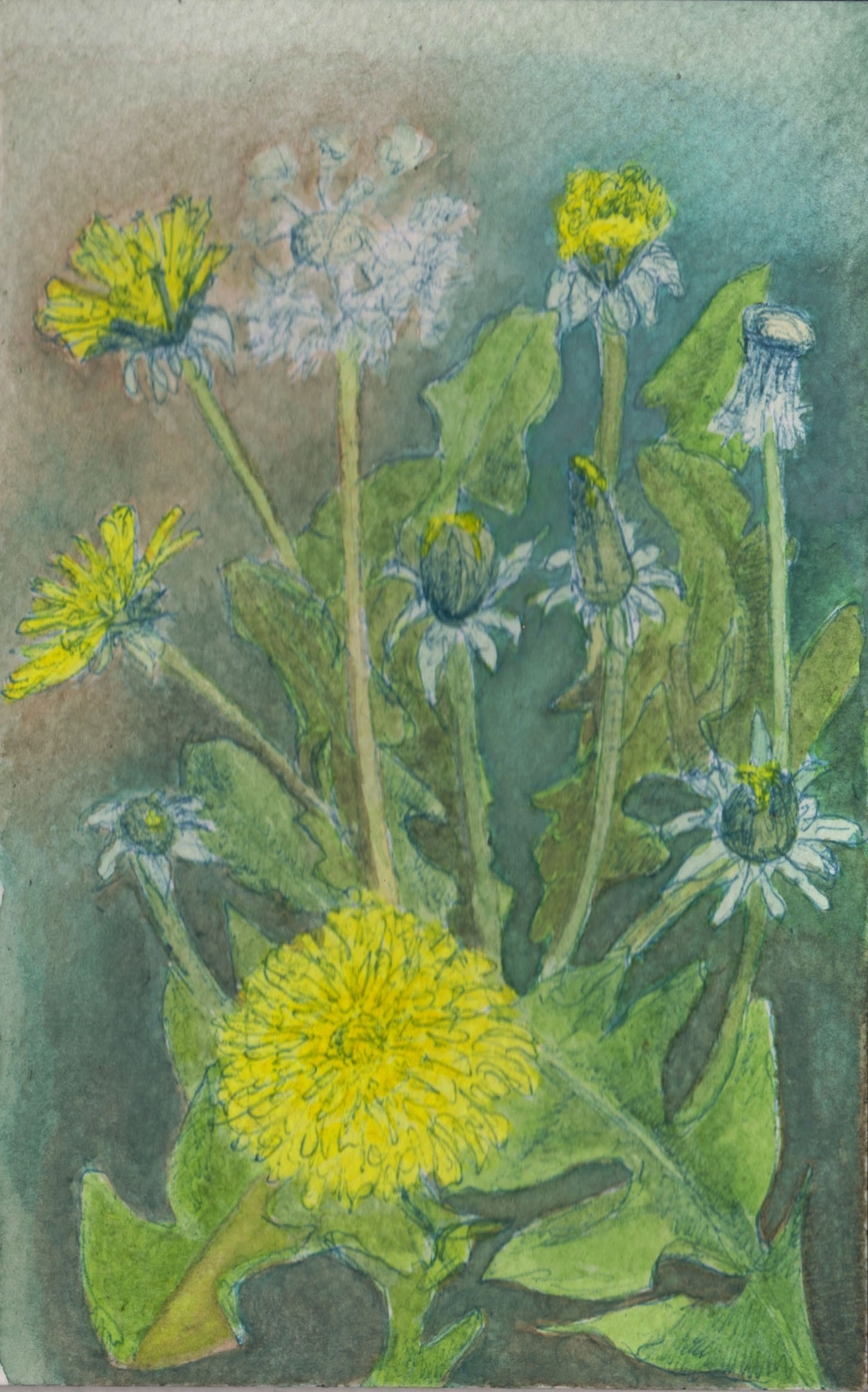Our children’s wildlife heritage

Our professional writer of children’s nonfiction writes:
“Growing up among, and knowing about, our wildlife, was an unquestioned birthright for people of my generation, especially in rural areas. Sadly, that many children today on the island of Great Britain today have little or know knowledge about the natural heritage around them. Attempts of different kinds have been made to change this, but there is much competition from other, electronic, distractions, including well-meaning button-pressing interactive museum displays. Existing books about wildlife can be quite formal ‘educational resources’ focused on ‘conveying knowledge’ rather than immersion and enjoyment. My idea is to create a lovely alphabetical e-book that is beautifully designed and illustrated and combines factual information about the plants, fungi and animals with an interesting narrative that places each species in its cultural context, including medicinal uses and folklore.”
Rachel Beckett, Author
Inspiring children about nature
Wildlife education resources
This project arose from the lamentable decision by Oxford University Press to remove all wildlife words from its Junior Dictionary. This shut children off from learning about their wildlife heritage and missed the obvious fact that young people need to look up the words that they do not understand, rather than the ones they do. Since wildlife is not on the national curriculum in the UK, children are not receiving the opportunity to learn about this essential aspect of their heritage during their education.
An illustrated and engaging e-book
Rachel Beckett decided that, rather than a formal dictionary, children in any case would prefer something more relatable and engaging. Her working title Worts and Weeds and How to Love Them is a nod to the popular J K Rowling film/book of a similar name and indicates the function of this new book project – to provide engaging and culturally rich information about the wonderful plants and creatures that children can see in their environment.
The original concept was for a printed book, but it is now thought that a beautifully designed e-book would be more likely to reach the target audience – children aged 8 to 14. It would be alphabetical, like a dictionary, but written in a much more engaging style, with contextual and cultural information included.
NB Another author, Robert Macfarlane, has already responded to the OUP decision with a different project, but this e-book idea is an entirely separate and original initiative.
Call for sponsorship
The project is currently in its early stages and seeking a sponsor. A headword list of 600 British species of plants, animals and fungi has been created. This has been carefully worked out to ensure that the key words are the vocabulary that children are likely to want to look up because they are not understood. So, for example, reading a text that mentions ‘scarlet pimpernel’, the child is more likely to want to look up ‘pimpernel’ than ‘scarlet pimpernel’. This also keeps the overall number of entries within the 600 maximum.
Text for around 5% of the entries has been written. Four entries have been illustrated and can be seen, with two design variations, in the examples below.
Ebook example 1 – Ladies’ Tresses and Pimpernel
Ebook example 2 – Celandine and Dandelion
To offer support, please contact Rachel.

Leave a Reply